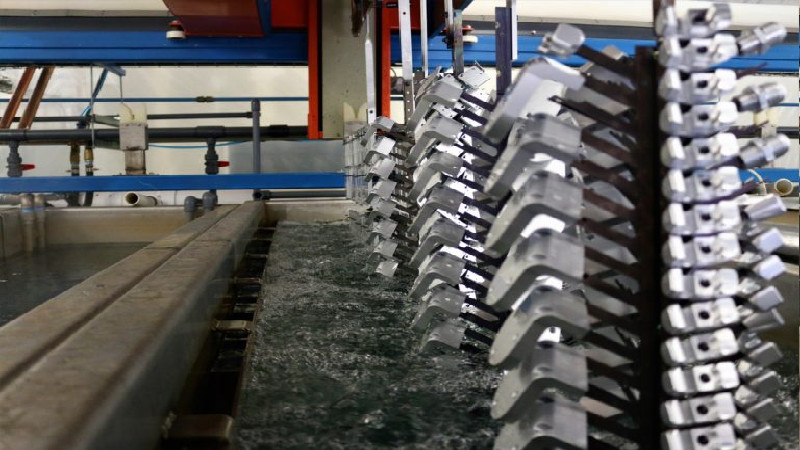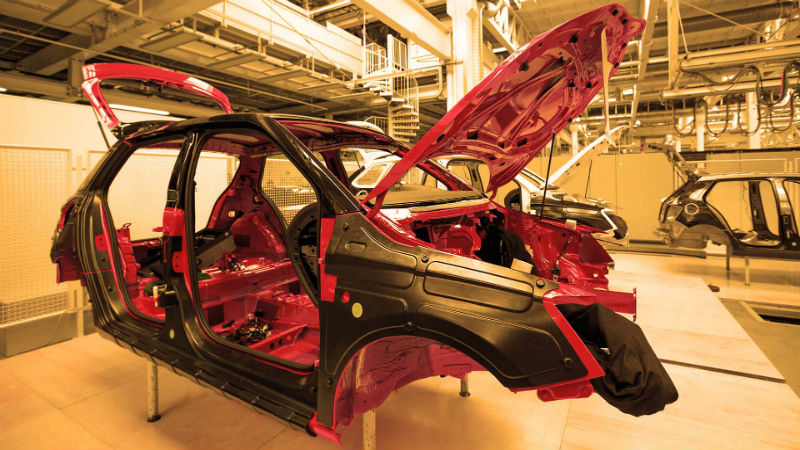It does not matter what type of metal is involved; energy has been expended to produce it and, although some metals are naturally plentiful, they are a finite resource. Therefore, it makes sense under today’s thinking, not to simply throw them away by burying them in the ground or dumping them in the sea. Metals should be recycled; furthermore, once enough has been collected, it is relatively simple to recycle most metallic “things” back to their original metal (to then be remade back into other “things”).
However, this is normally only practical when a sizeable quantity of the metal has been collected together and separated from any other metals. This is the function of Scrap Metal Yards.
Not Just A Junk Yard
We have all seen them but, maybe, not so often these days – an open space piled high with all sorts of, basically, rubbish but, predominately scrapped metal ranging from rusty old cars to washing machines. Probably guarded by the proverbial “junk yard dog” and little or no effort to sort out what has been dumped there. The owner gets some income from the public who buy bits and pieces individually for whatever purpose they might have in mind. Probably from time to time a load of (say) brass might be separated out from the junk and sold to someone who can melt it down and recycle it.
A Specialist Part Of The Recycling Chain
Recycling has become big business but, to make collecting the scrap metal profitable, the storage needs to be well organized. Individuals may come in to the yard from time to time with small pieces that they wish to sell or slightly larger items that they only really wish to dump somewhere. However, volume is the main aim and the more profitable Scrap Metal Yards will have their own transportation system to go out and buy scrap to bring back to the yard. As with many things today, there are strict rules and regulations coving the hauling of scrap around the nation’s road system – especially if it is in any way considered hazardous.
Similar rules also apply to the storage of any type of scrap and, these days, the open “yard” is more likely to have been replaced by a covered warehouse type structure complete with loading and unloading docks for the incoming containers of scrap and those taking the sifted and sorted scrap onwards to whatever recycling plant handles that particular metal. A typical example of modern Scrap Metal Yards can be found at H&C Metals in Newark NJ.


